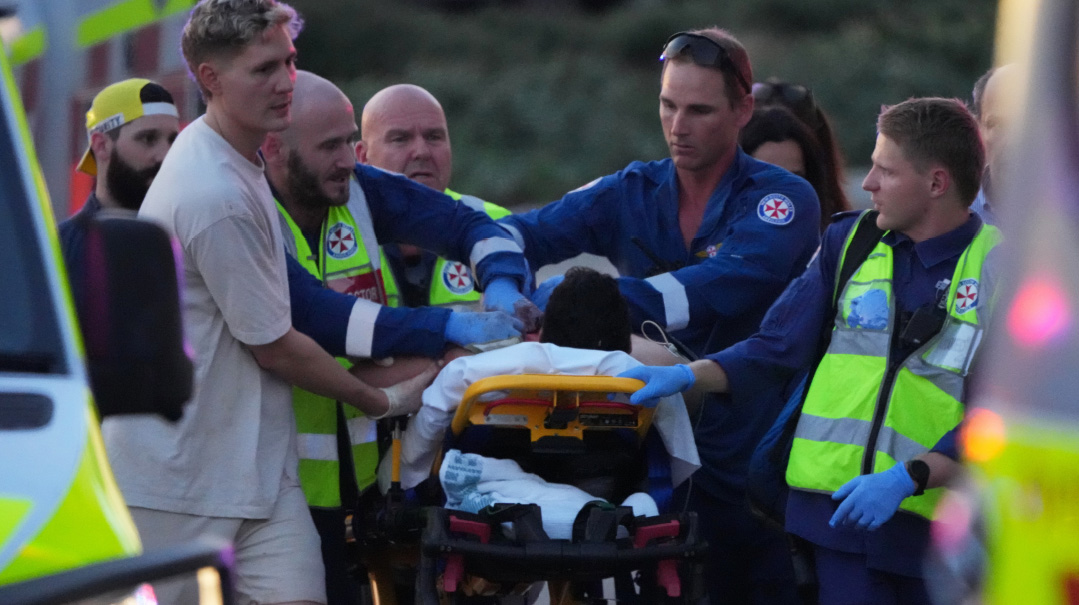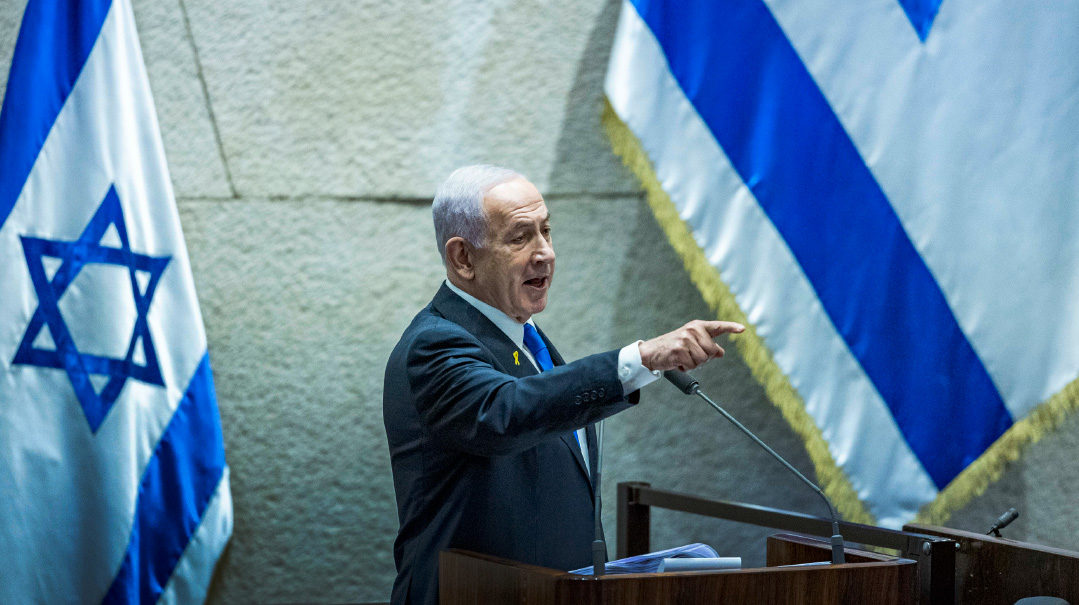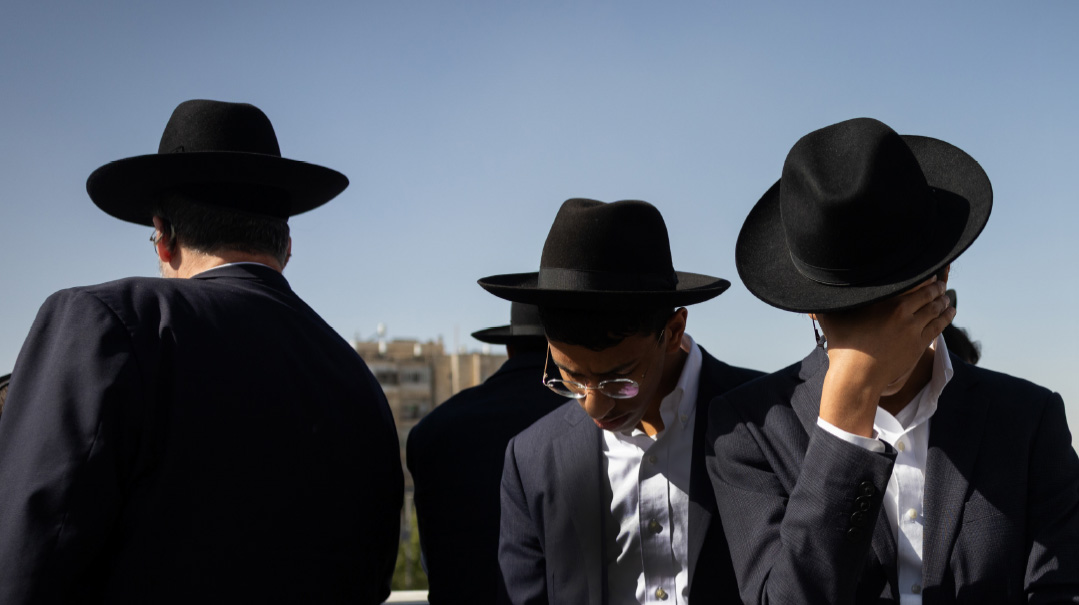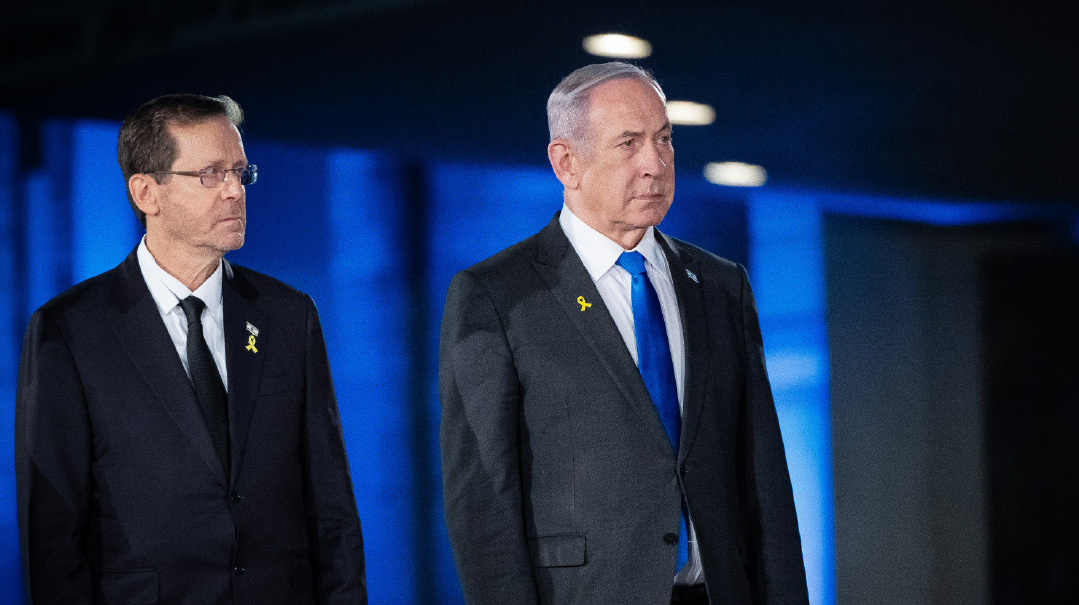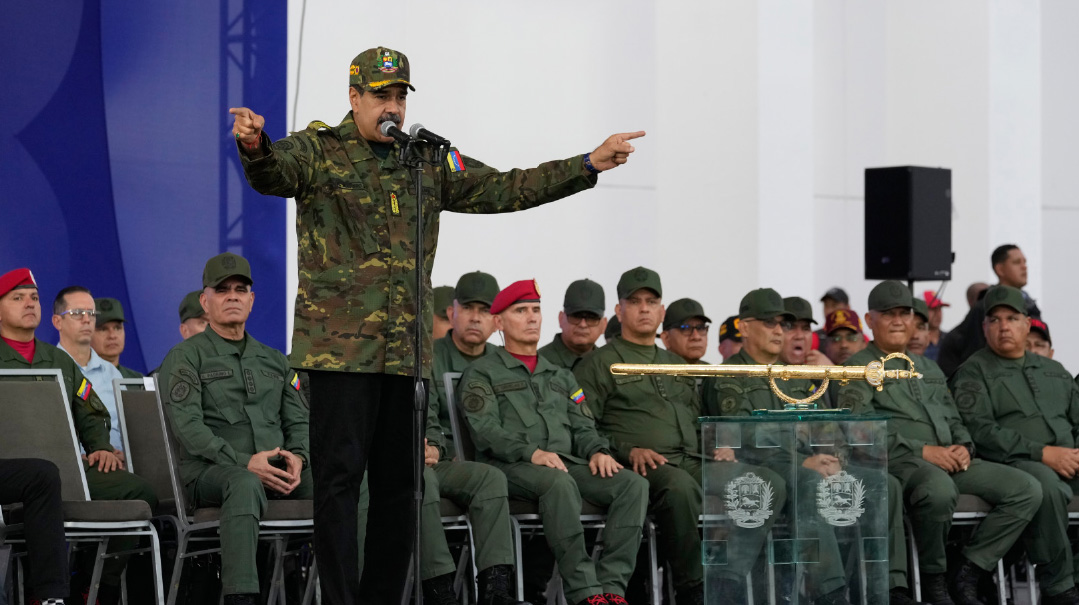Latino Lakewood Pours Its Foundation
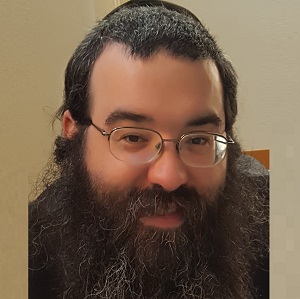
Mexico’s new “Ir HaTorah” breaks ground amid fanfare and celebration
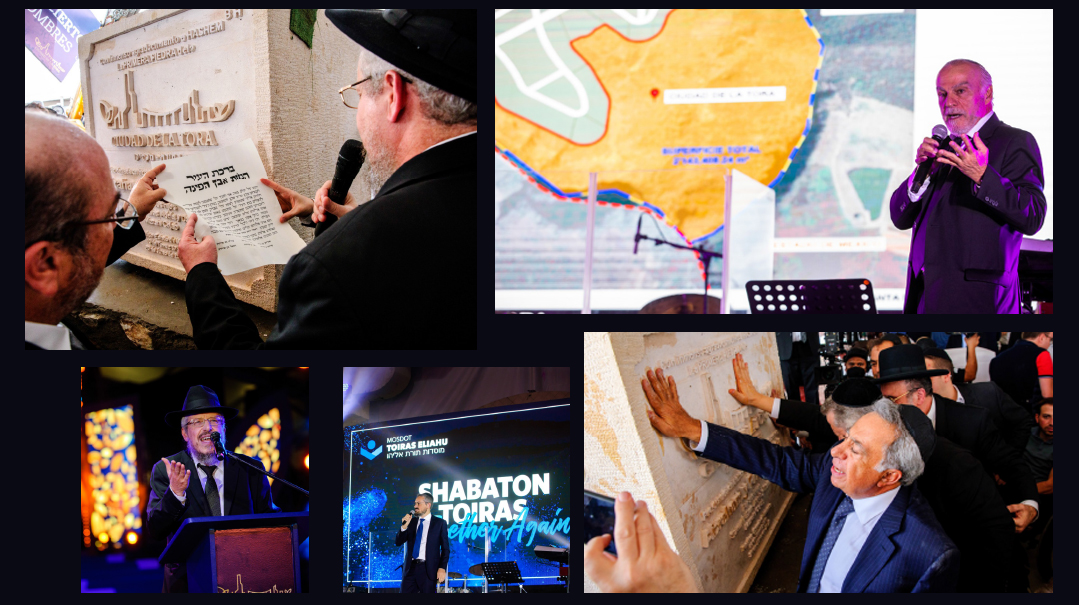
Photos: Shimi Kutner
Yochonon Donn, Mexico City
The bochurim, grasping their yarmulkes as their tzitzis spun around as if to the beat, were indistinguishable from their counterparts in New York and London. The little girls, dressed in traditional frum clothes, raced down the hallways as children do all over the world during long seudos.
Except that they were speaking Spanish, the language I had until now associated with cabbies, grocery workers, and cleaning help.
Make place, Lakewood and Bnei Brak. The hallowed title of “Ir HaTorah,” sparingly applied to cities that are exclusively made up of bnei Torah, is preparing to jump to the Spanish speaking world.
Mexico City took a major step forward on Sunday toward building its long-planned community that is centered around a yeshivah, patterned after Yeshivas Ponevezh, and described in a publicity video as “Lakewood de América Latina.” The cornerstone-laying ceremony for the neighborhood that will be called “Kiryat Hayeshivah,” which was launched with an emotion-laden siyum haShas made jointly by 38 of the local kollel yungeleit, attracted rabbanim, journalists, and music stars from around the world.
The Ir HaTorah (carefully pronounced as “Toireh” even by Sephardim), is led by talmidim of Rav Shmuel Kamenetsky and is under the authority of Ponevezh rosh yeshivah Rav Gershon Edelstein.
The moment Abraham Mizrahi, one of the project’s largest donors, poured cement into a large white stone standing in a muddy field, the crowd, led by chassidic singer Shmueli Ungar, burst into song. The stone will be the cornerstone for the yeshivah building, the centerpiece of the community. There will also be 40 new apartments, which will be given to yungeleit for free for three years, as well as a large dormitory for the bochurim.
It was a watershed moment in the city’s history, a little over a century after the first frum Jews arrived in the Central American country to found the modern kehillah. I’m far from fluent in the language, but the term “momento historico” was mentioned freely throughout the weekend. The rosh yeshivah, Rav Yehoshua Gertzulin, compared the event to the Chazon Ish founding Bnei Brak.
The first frum Jew in Mexico’s modern history arrived a little over 100 years ago and established the Ashkenazi community. Sephardi Jews began coming, mainly from Syria and Iraq, until they gradually became the majority. Today, Sephardim outnumber the Ashkenazim by a ratio of four to one, one community member estimated.
Mexico City is a huge metropolis, with about an hour-and-a-half drive separating its two neighborhoods that host the Jewish community, Polonca and Ixtapan. The frum community is mainly in Polonca, where most of the city’s approximately 20 kollelim (two large ones and other smaller ones) are located.
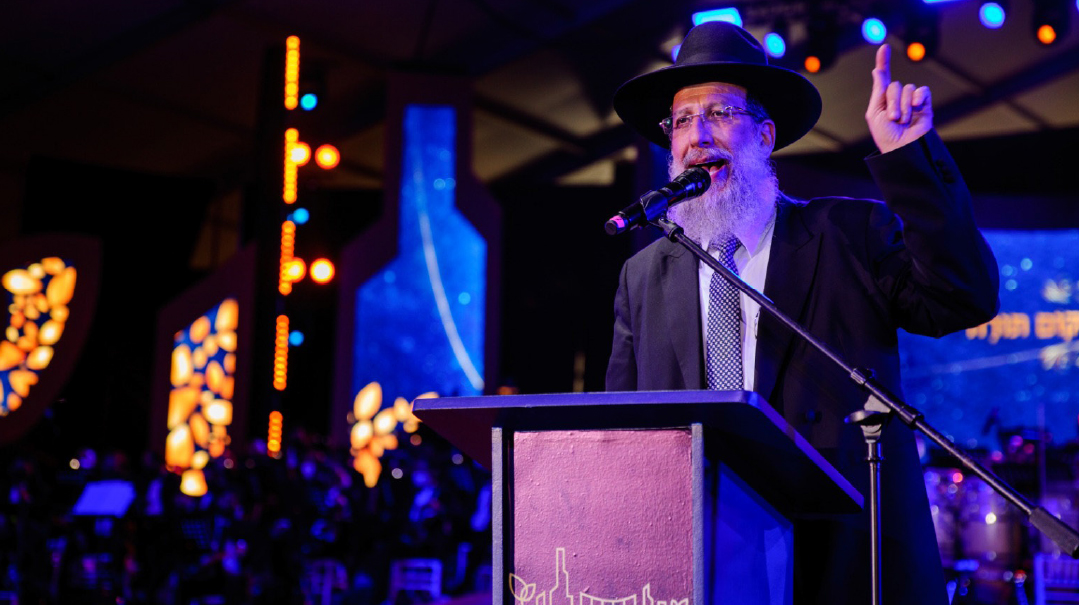
I’m racking up frequent flier miles, making my second trip to Mexico in two months. My first was to document the wave of migrants piling up at the United States’ border, and last week, I got to witness history in the making as Mexico takes its place in the olam haTorah.
The local community spared no expense to emphasize the momentous achievement, importing A-list singers Mordechai Ben David, Avraham Fried, Yaakov Shwekey and Motty Steinmetz for the seven-hour event on Sunday, as well as for a lavish fundraising dinner the night before. A couple of dozen media personalities, mostly from Israel, arrived to cover it. Shira Choir sang and Freilach Orchestra provided the music. Rabbi Paysach Krohn and Rabbi Shlomo Farhi, two well-known inspirational speakers, came in from New York.
The entire community spent a shabbaton headlined “Together Again” in the runup to the groundbreaking. And even the community’s rabbanim attended the concert, which the emcee promised was the best of its kind in modern Jewish history.
The crowd of over a thousand Mexican Jews swayed to the soulful music, swung their hands in the air to the dance songs, and whistled in approval when each singer approached. The choir of 140 children brought people to tears as they sang the evening’s slogan, “eini dar ela b’makom Torah — even if you offer me all the gold and precious stones in the world, I will only live in a place of Torah.”
The audience seemed to appreciate its moment in the limelight as the bulk of the global Jewish media and music stardom descended on Mexico.
“This is really exciting,” a man sitting near me said repeatedly during the musical performance.
The entire Marriott Hotel was rented for the weekend where both the guests and the locals ate the seudos, although I and others stayed in a different hotel, the Ixtapan, named for the neighborhood. This meant, though, that I got to see a bit more of Mexico City’s streets and learned more Spanish than I’d hoped.
I walked backed and forth between the two hotels four times over Shabbos, and managed to miss a turn on two of those times. There are so many hotels in the area that asking for directions to the “Marriott” without the exact Mexican pronunciation may send you to another inn far away.
The neighborhood is frequented by stray dogs, who roam with impunity and bark at passersby. During one of my walks back and forth, I was set upon by two of these canines, one of which was the size of a wolf. I noticed a Mexican boy jumping atop a step to avoid the dogs, and I did the same. The pair approached, stared at us for ten interminable seconds, then ran off.
One amazing experience I had was when I got lost on Shabbos morning. I wandered the streets in search of an English speaker, when I suddenly noticed a paper on a front door, with “Shabbat Shalom” written in block letters in Hebrew. I knocked on the door and a Jewish woman named Marciel Cortez emerged from the house. She said that the night before, she’d met someone from the “Marriott people” who was lost, so she hung up the sign, “so you will feel welcome and in case someone gets lost.”
As it was, she told me, I was five minutes from my destination. She came later to the Marriott with her mother, sharing that it was her Hebrew birthday that day.
The seudos and accommodations, arranged by Mrs. Etty Weinreich — who seemed to have her hands in every one of the dozens of pots brewing, from the food to the cars that shuttled between the two hotels — was classic Mexican hospitality. Meni Geira Schwartz, an Israeli event coordinator, handled the media, along with Shlomo Benzaqen. The seudos were accompanied with traditional niggunim and zemiros, plus a Mexican twist: With apologies to Joey Newcomb, “Gracias Hashem” went viral on Shabbos. The divrei Torah were in Spanish, but I picked up the gist of them — repeated mentions of “Rabi Elazar ben Arach” and “muchas muchas taavos, muchas Olam Hazeh” left little to the imagination.

Along with the community’s maturing, the contours of its character are coming into focus. Its leaders are determined to ensure that as it grows, it remains true to the mesorah. In that spirit, Rav Yosef Tawil, a longtime rosh kollel and posek in the Sephardic community, was named as rav of the soon-to-be Kiryat Hayeshiva. I watched the new rav at the musical event and was impressed to see his concern for others. He had a front-row seat, but he constantly went to the back to make sure people weren’t standing and blocking the women’s view. Minutes after a video was played of Chacham Shalom Cohen, the nasi of Shas’s Moetzet Chachmei HaTorah, praising Rav Tawil effusively, he sat with his arms around his son’s shoulder and swayed to the music.
The foundation hasn’t been poured yet, but the community is already planning its expansion. Fifty more housing units will be added to the 40 planned, to be completed by Elul 2024, according to Moshe Moriel, a wealthy businessman who is known as a benefactor to countless local mosdos. Three years ago he gave the first contribution to the Ir HaTorah campaign.
“The Torah cities in Eretz Yisrael or Lakewood can’t expand because there’s no room,” Mr. Moriel declared in an address during the concert. “Over here,” he emphasized, sweeping with his hand to the outside, which is surrounded by miles of grasslands and fields, “there is enough room to expand as much as we want.”
The event has clearly put a spring in the step of Mexico’s kehillah, as evidenced by the address of the emcee, Naftali Hertz Silverstein, which ended in a crescendo of, “Muchas felicidades, Mexico! Muchas felicidades, América Latina! Muchas felicinades, Yisrael!”
Muchas mazel tov!
(Originally featured in Mishpacha, Issue 866)
Oops! We could not locate your form.







